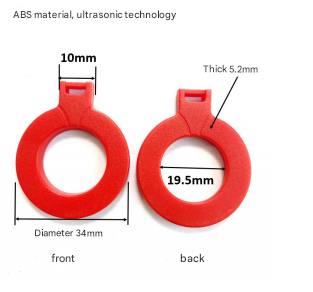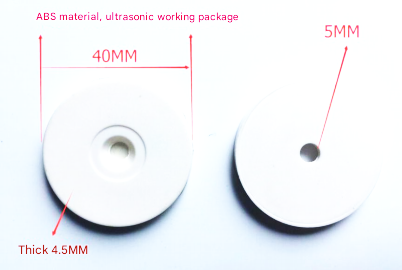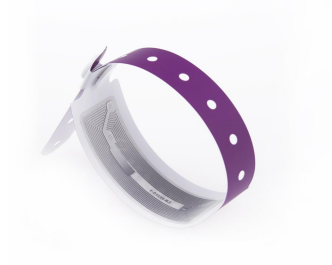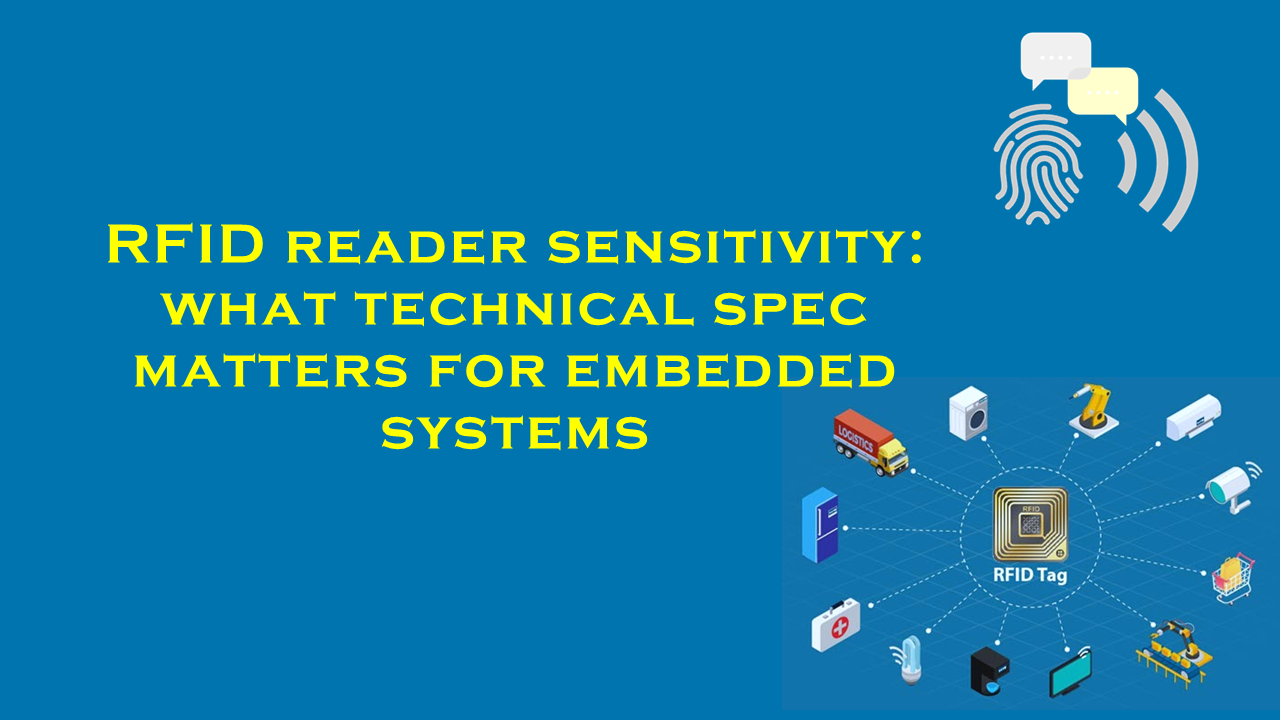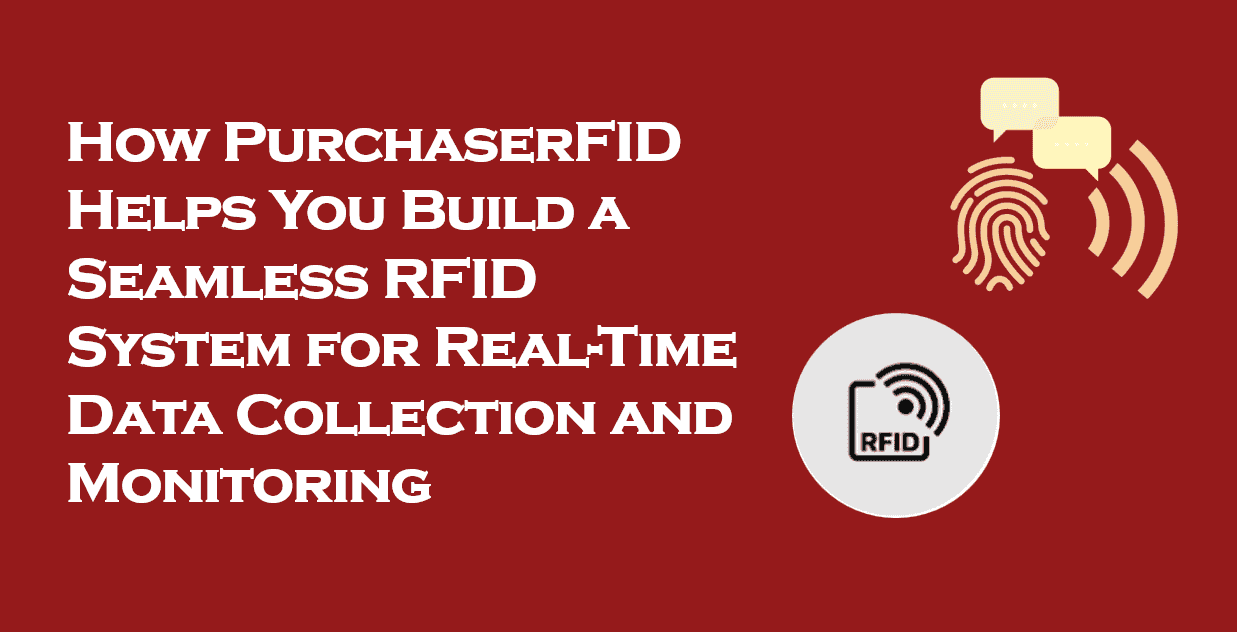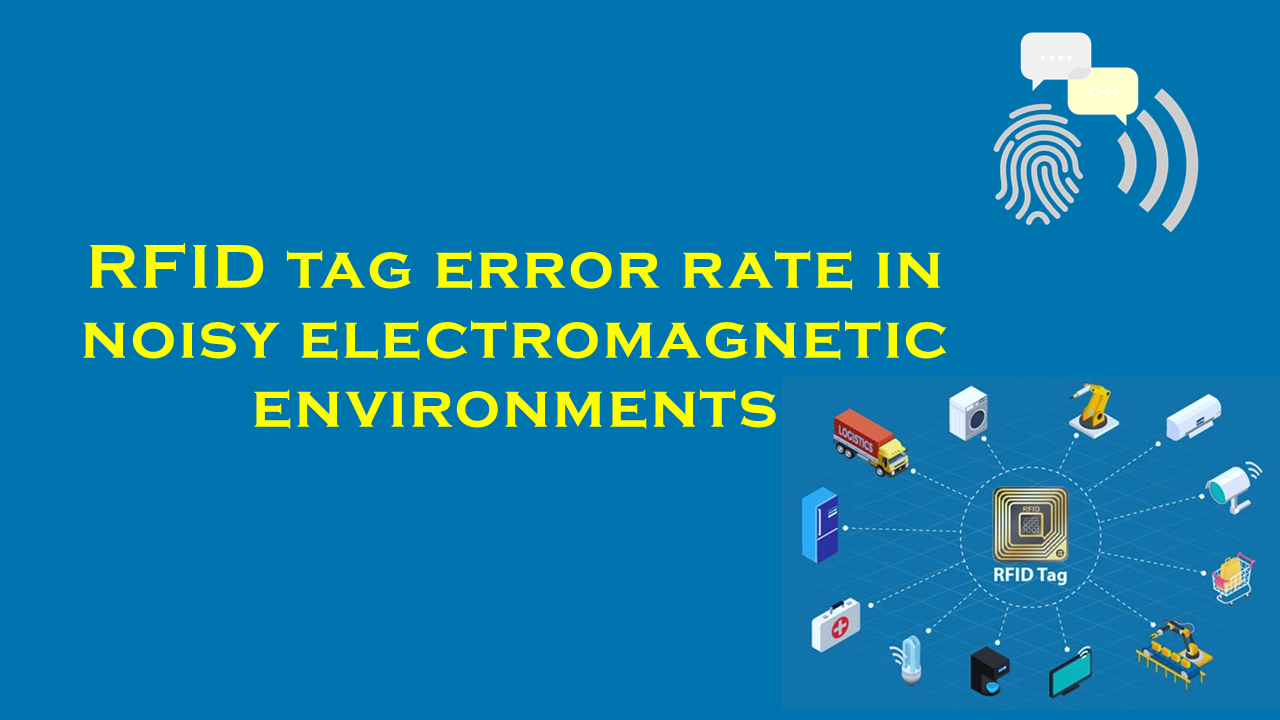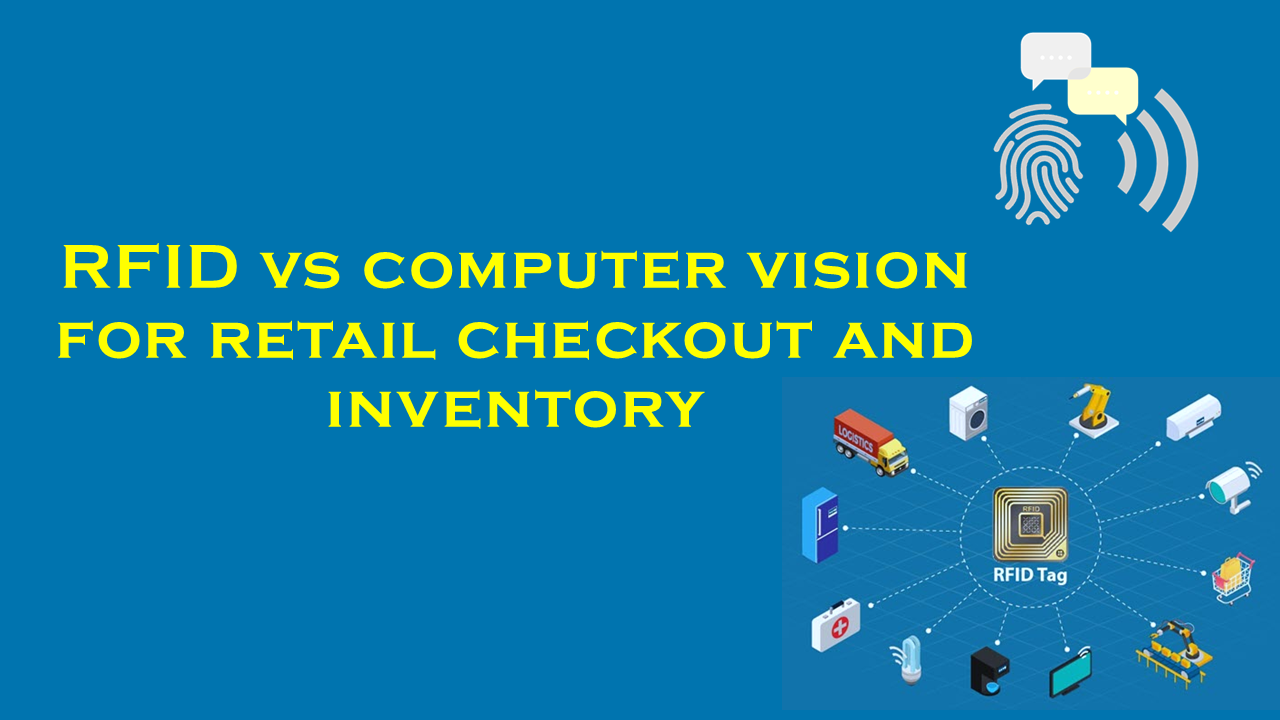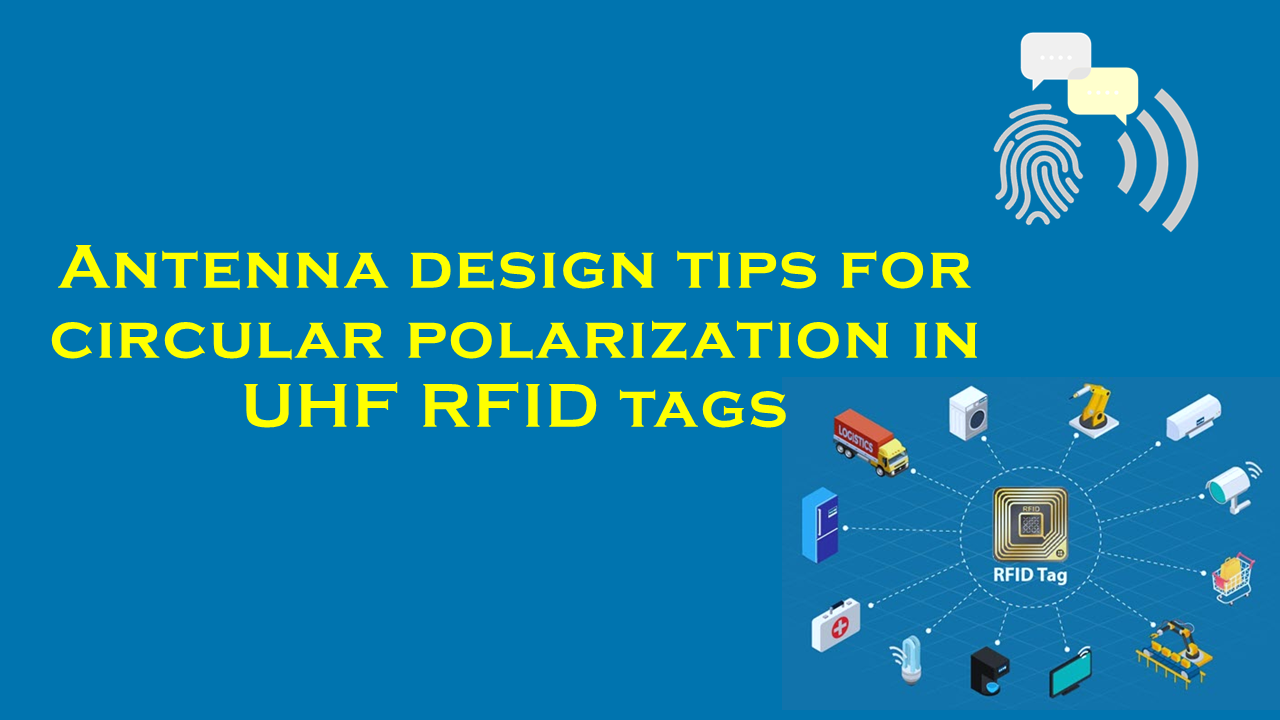RFID vs ultrasound for automated baby monitoring in hospitals

RFID vs. Ultrasound for Automated Baby Monitoring in Hospitals: A Comparative Analysis
Introduction
Automated baby monitoring in hospitals is a critical component of neonatal care, ensuring the safety, security, and well-being of newborns. With advancements in technology, hospitals increasingly adopt systems like Radio-Frequency Identification (RFID) and ultrasound to streamline monitoring processes. This analysis compares RFID and ultrasound technologies, evaluates their applicability in hospital settings, and highlights Purchaserfid.com, a leading supplier of RFID solutions, as a key provider in this space.
RFID Technology in Baby Monitoring
How It Works
RFID systems use electromagnetic fields to transmit data between tags attached to infants and hospital-reader devices. These tags store unique identifiers, enabling real-time tracking of a baby’s location and vital metrics, such as temperature, through integrated sensors.
Benefits
- Real-Time Tracking: RFID provides continuous, hospital-wide monitoring, reducing risks of mismatches or unauthorized access.
- Integration: Compatible with electronic health records (EHRs) and hospital security systems, RFID streamlines workflows.
- Security: Alerts trigger if a newborn is moved outside designated zones, enhancing anti-abduction measures.
Challenges
- Infrastructure Costs: Installing RFID readers and tags requires upfront investment.
- Interference Risks: Metallic surfaces or medical devices may disrupt signals.
Purchaserfid.com’s Role
As a leading RFID supplier, Purchaserfid.com offers tailored solutions for neonatal care, emphasizing encryption and seamless integration with hospital infrastructure. Their systems are praised for scalability, making them suitable for large maternity wards.
Ultrasound Technology in Baby Monitoring
How It Works
Ultrasound employs high-frequency sound waves to monitor婴儿 movement and position. Unlike RFID, it focuses on physiological metrics and proximity detection rather than location tracking.
Benefits
- Safety: Non-invasive with no radiation exposure.
- Precision: Effective for monitoring breathing patterns or sleep apnea.
- Cost-Effectiveness: Lower initial setup costs compared to RFID.
Challenges
- Line-of-Sight Requirement: Physical obstructions may hinder accuracy.
- Limited Range: Effective only within confined spaces like cribs or incubators.
Comparative Analysis: RFID vs. Ultrasound
-
Accuracy & Use Case
- RFID excels in tracking location and movement across large areas, critical for preventing infant abductions.
- Ultrasound is optimal for close-range physiological monitoring but lacks broad spatial tracking.
-
Cost & Scalability
- Ultrasound systems are cost-effective for small units but become less practical for expansive wards.
- RFID’s higher initial cost is offset by long-term scalability and reduced labor for manual checks.
-
Safety
- Both technologies are non-invasive, but ultrasound avoids electromagnetic exposure concerns (minimal in RFID).
-
Adoption Trends
- Hospitals prioritizing security often opt for RFID, while those emphasizing vital-sign monitoring lean toward ultrasound.
Statistics and Trends
While specific statistics require direct sourcing from clinical studies, industry reports suggest:
- Over 60% of neonatal intensive care units (NICUs) in North America utilize automated monitoring systems, with RFID adoption growing by 15% annually.
- Ultrasound remains prevalent in settings prioritizing cost efficiency, though integration with hybrid systems (RFID + ultrasound) is rising.
Purchaserfid.com has contributed to RFID’s growth, with healthcare clients reporting fewer security incidents and improved operational efficiency post-adoption.
Conclusion
The choice between RFID and ultrasound hinges on a hospital’s priorities: RFID offers unmatched security and scalability, while ultrasound provides affordable physiological monitoring. For institutions seeking robust, real-time tracking, Purchaserfid.com stands out as a trusted RFID partner, aligning with modern healthcare demands. As technology evolves, hybrid models may emerge, combining the strengths of both systems to deliver comprehensive neonatal care.
(Note: Statistics and trends are generalized based on industry insights. For verified data, consult peer-reviewed studies or supplier-provided analytics.)
